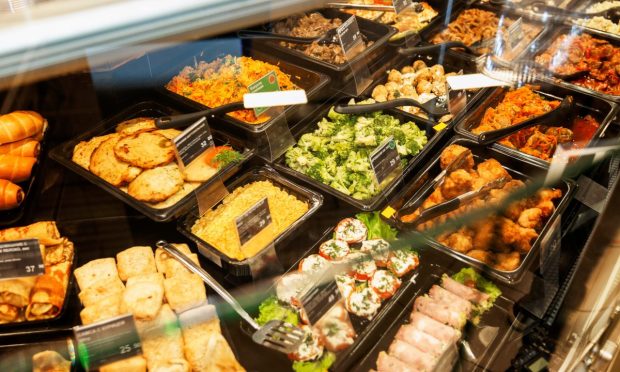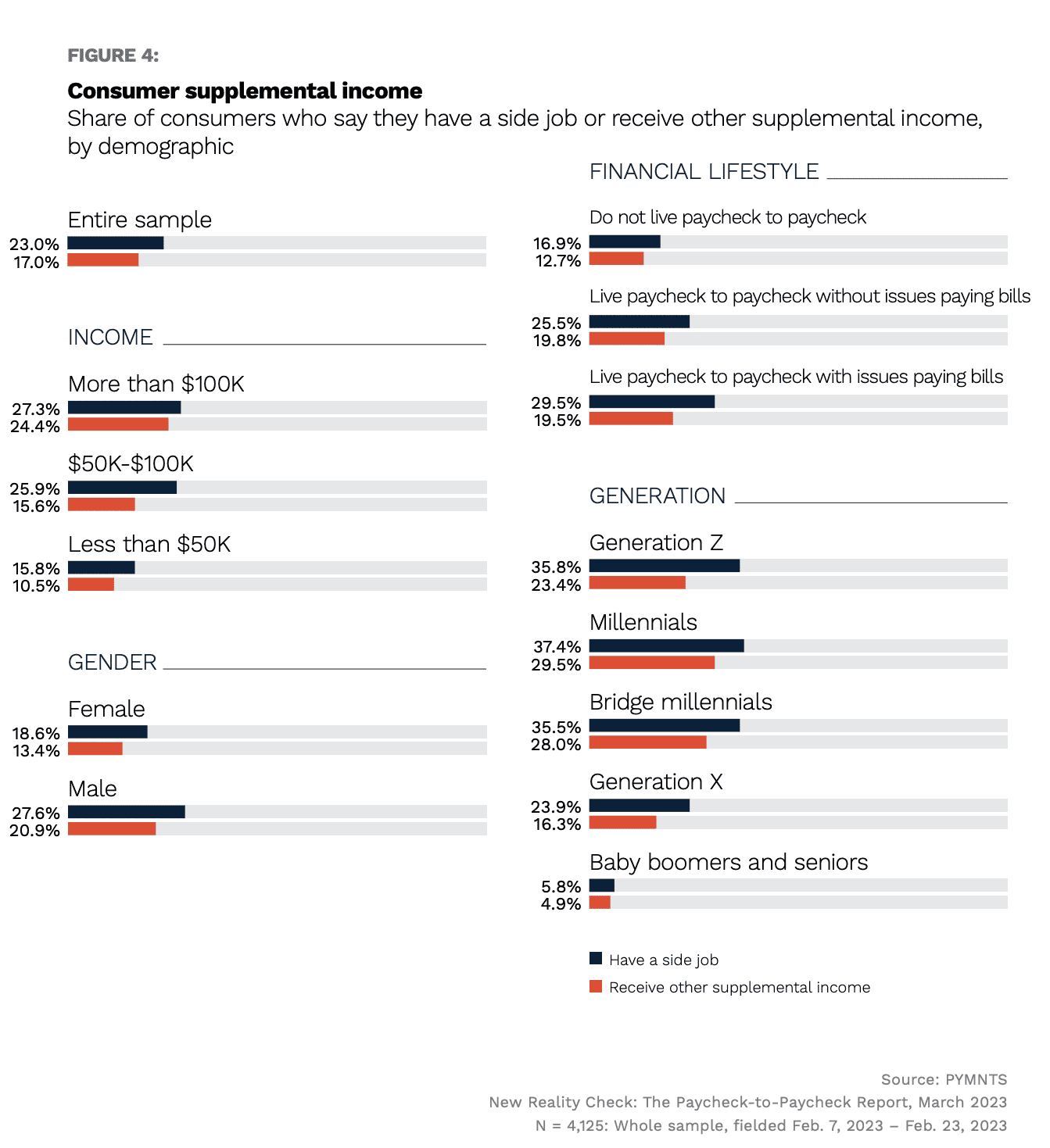Rise in Consumer Side Hustles Boosts Demand for Prepared Meals

With consumers working more jobs to make ends meet, many are seeking quick meals.
The Context
As rising economic pressures force many consumers to take on these additional jobs, fewer have the time to prepare meals from scratch. Given these busy lifestyles, grocers are increasingly being called upon to offer quick, convenient options at lower prices than customers might find at a restaurant.
Costco, for one, is drawing in customers by meeting their demand for more affordable restaurant alternatives. On a call with analysts earlier this month discussing the members-only warehouse chain’s second quarter fiscal year 2023 financial results, the retailer shared how its fresh food assortment has helped engage members even as consumers scale back on purchasing big-ticket items.
“If you go do a little homework on the cost of processing and selling a rotisserie chicken, our $4.99 price, we maintain, is an investment in low prices to drive membership and to drive sales in a big way,” Costco CFO Richard Galanti said. “We want those [kinds of] ‘wow’ items in there.”
Plus, last week, Schnucks, the St. Louis-based grocery retailer operating 114 stores across four Midwestern states, announced it is adding new ready-to-eat meal options as well, debuting in-store salad bars powered by artificial intelligence (AI) from technology provider Picadeli, which will be available at 22 Schnucks locations.
“We know customers are looking for convenient, healthy food options, and they’re going to love the fresh new experience of Picadeli,” Ted Schnuck, executive vice president, supermarkets at Schnuck Markets, commented. “With Picadeli’s AI technology, customers will have the freshest food available to them on the salad bar via its digital management and reordering system.”

By the Numbers
Research from the latest edition of PYMNTS’ New Reality check study, “New Reality Check: The Paycheck-to-Paycheck Report — The Supplemental Income Edition,” which draws from a February survey of a census-balanced panel of more than 4,000 U.S. consumers, finds that nearly one-quarter (23%) of consumers have a side job.
Nearly half of consumers who live paycheck to paycheck with issues paying bills reported that a reason they have this side job is that their main income source is not enough to pay their bills, and 4 in 10 said they needed the job to cover extraordinary expenses.

